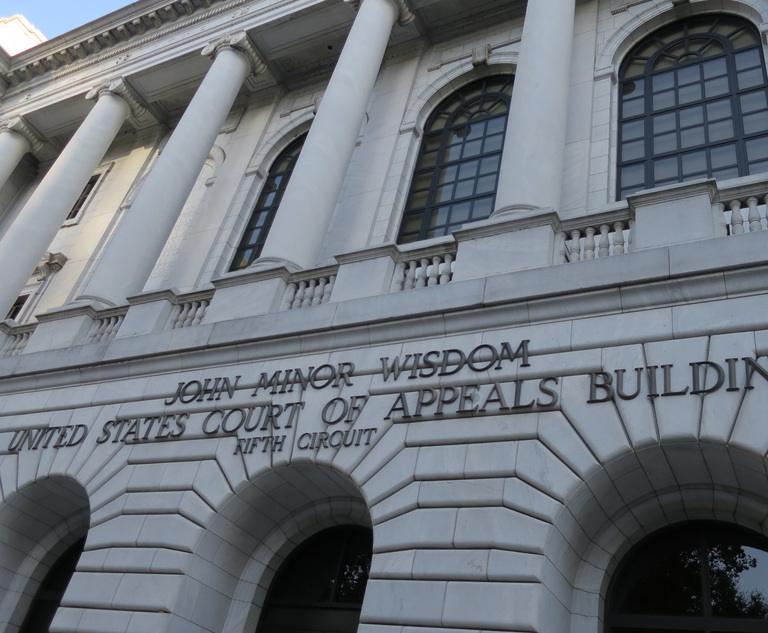Last time, we looked at interpretive strategies designed to avoid anti-fraud regulatory regimes like those skirted in Enron and other corporate fiascos. But what of laws that can support readings that can fairly be interpreted to allow or prohibit certain business practices? Statutes that are open textured and vague (like the Sherman Act and the Racketeer Influenced and Corrupt Organizations Act (RICO)) present complicated questions of interpretation and application that can’t be mastered in a day. RICO is especially difficult because it has a multi-layered structure threaded with (sometimes defined) concepts invented for this statute alone. This is ideal land upon which to lay out a multitude of interpretive tracks, which, as Karl Llewellyn once remarked more generally, “lead in happily variant directions.”
So what do we know about RICO’s purpose? Passed as Title IX of the Organized Crime Control Act of 1970 (OCCA), RICO has proven to be something of an interpretive parlor game for lawyers over its 50-year history. The problems with the statute are not confined to the complicated structure I just mentioned. It’s also vague in the linguistic and philosophical sense of having borderline cases (e.g., what’s “tall” or a “mountain”?). Finally, and perhaps most problematically, it’s of uncertain purpose.


 Randy D. Gordon. Courtesy photo
Randy D. Gordon. Courtesy photo




